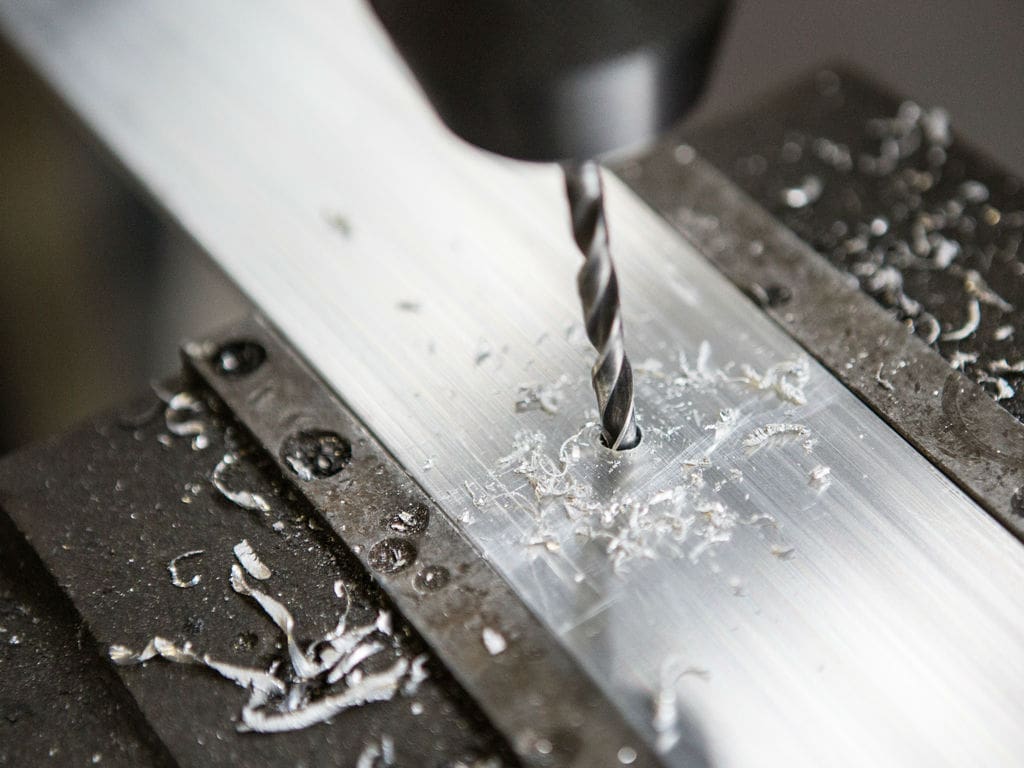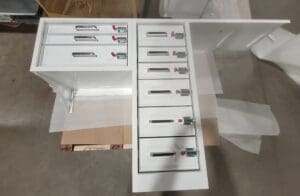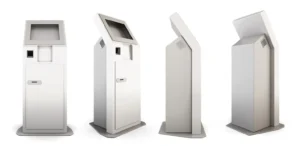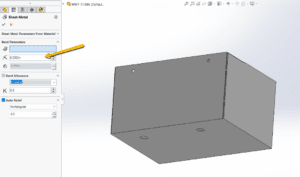At Approved Sheet Metal, we are often asked to rework parts for our customers, either because of a late-stage design change or because another fabricator could not meet our customer’s requirements. While we are happy to assist our customers in these situations, we’d rather help them avoid the need for rework entirely!
The costs associated with reworking custom metal fabrications can be significant, so getting the design right from the start positively impacts your project timelines and helps to control costs. With our extensive experience at ASM, we are committed to helping our customers get the parts they need efficiently and effectively without the need for costly rework.
Table of Contents
The Importance of Proactive Design: Preventing Costly Rework in Sheet Metal Fabrication
The most common type of rework we are asked to do involves modifying a part that is either currently in process, or that has already been completed. Typically this means adding a feature to the part: adding a hole, increasing the size of a hole, machining a cutout, inserting hardware, etc. While it is almost always possible to make these changes to the part, there is always an additional cost associated with this rework, and the magnitude of that cost depends on a variety of factors.

For example, in order to drill a hole, the part needs to be held firmly in place. Depending on the shape of the part, this may require a custom fixture to be created. In many cases, the cost of creating the fixture, as well as the cost of drilling the hole in each part, could have been avoided entirely if the hole were included as part of the original design.
In other cases, the extent of the rework required can make it more economical to scrap the part and start over. For instance, if the part has been painted or plated, the process of adding a new feature can damage the protective coating. In order to refinish the part, the original finish must often be stripped entirely – a very labor-intensive process. In these situations, it is typically better to start from scratch than to attempt to modify the part.
Challenges and Considerations in Forming Pre-Cut Flat Parts
Sometimes, we are asked to finish parts that were started by other fabricators. The most common example of this is when customers send us pre-cut flats and ask us to form them into finished parts. While this might seem like a cost-saving measure, it often leads to complications.
Sheet metal forming requires keen attention to detail and mathematical precision because when sheet metal is bent, it stretches. The amount by which it stretches depends on a variety of factors, such as the type and thickness of the material, the K-Factor, the angle of the bend, etc. You can read all about this in our blog post on the 5 Top Sheet Metal Design Formulas. These formulas, such as the K-Factor, bend deduction, and setbacks, are used to determine the correct dimensions of the unfolded flat of the part, such that when the forming operations are performed the resulting part will meet the exact specifications in the print.
When parts are cut by another shop, we do not have access to the exact setbacks and K-Factors used in calculating the dimensions of the flat part. Without this information, we cannot guarantee the dimensional accuracy of the finished part. Even minor discrepancies in the initial cutting process can lead to significant issues during forming.
While it may seem like you can save money by having parts pre-cut elsewhere, the reality is that the lack of dimensional control often leads to costly rework or even complete remanufacture of the parts.
Best Practices to Avoid Rework
The best way to avoid the pitfalls of rework is to ensure that your designs are fully vetted and finalized before placing an order. This involves taking the time to double or triple-check your designs, confirming that they will work for the intended application. Rushing through the design phase to place orders quickly often leads to errors that necessitate rework, resulting in additional costs and delays.
At Approved Sheet Metal we are here to help every step of the way. Our team of custom metal fabrication experts can advise on design adjustments, material selection, and fabrication processes that optimize the performance and manufacturability of your parts. This proactive approach not only saves time and money but also ensures a smoother production process with fewer interruptions.
If you are in the design stage, contact us to consult with one of our experts. Send us as much information as you can about the desired end use of the part. By understanding the complete context of the assembly, we can identify potential problems before they occur, ensuring that the final product meets your requirements. Our team is dedicated to helping you achieve the best possible results, and by working closely with us from the outset, you can ensure that your project runs smoothly and efficiently.
Remember, taking the time upfront to get the design right will save you time and money in the long run - measure twice, cut once! Request a quote from our team today.




